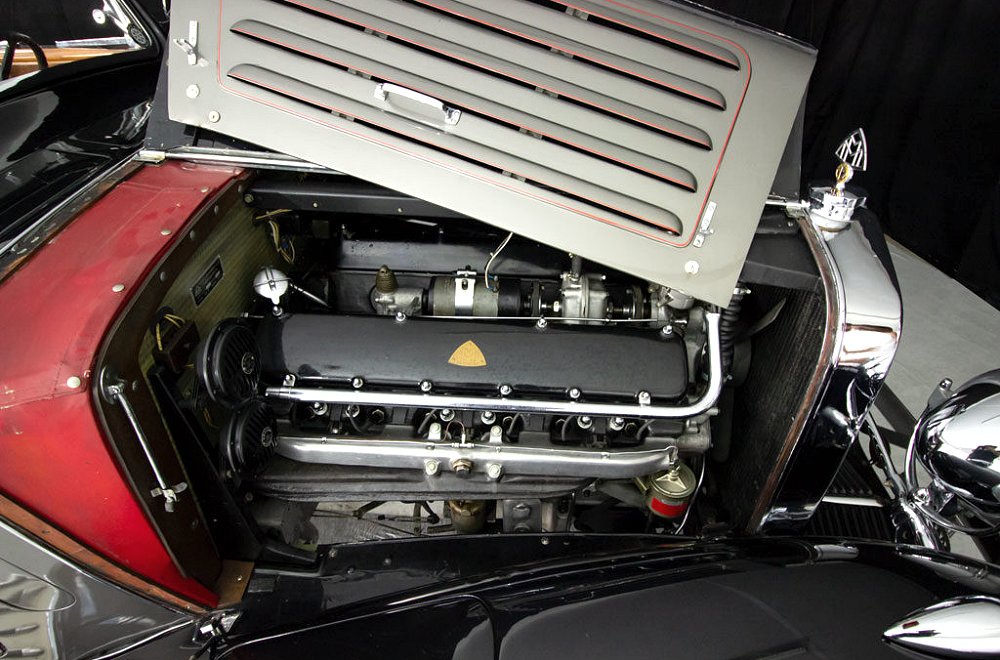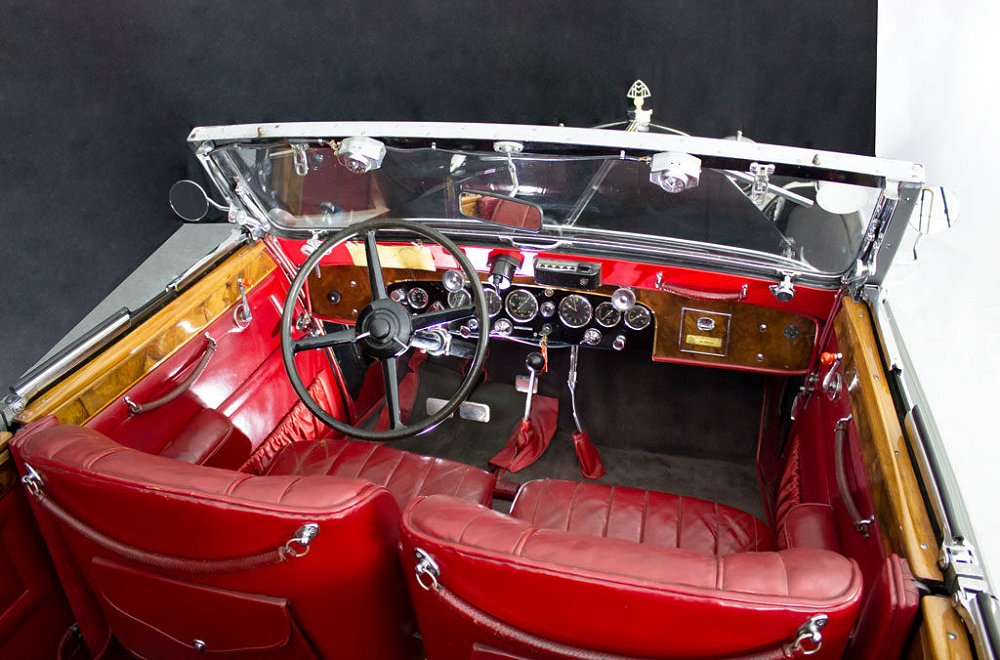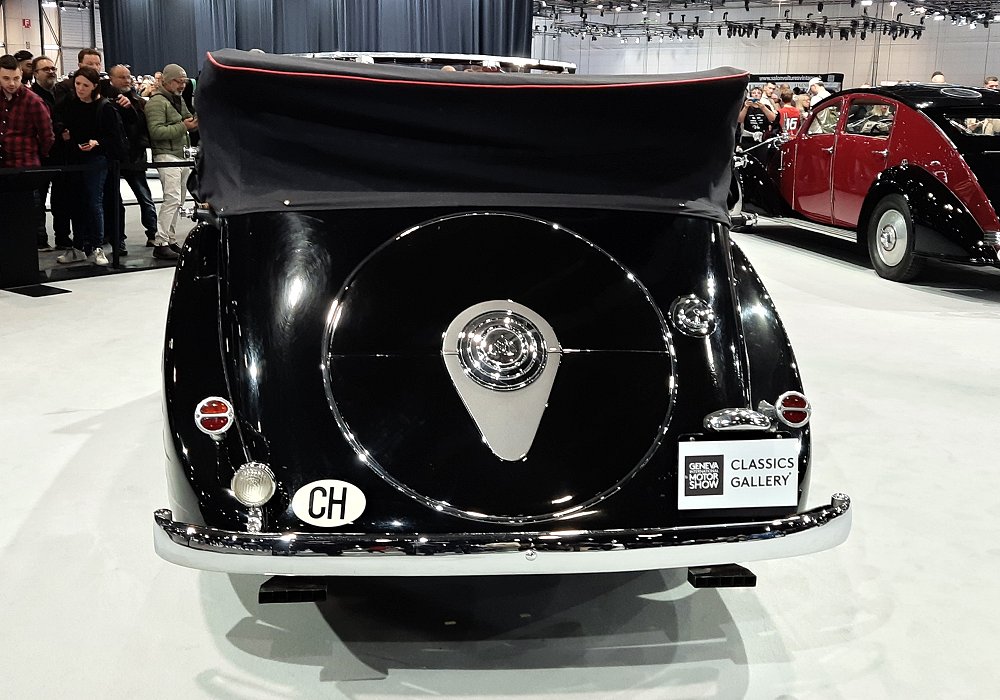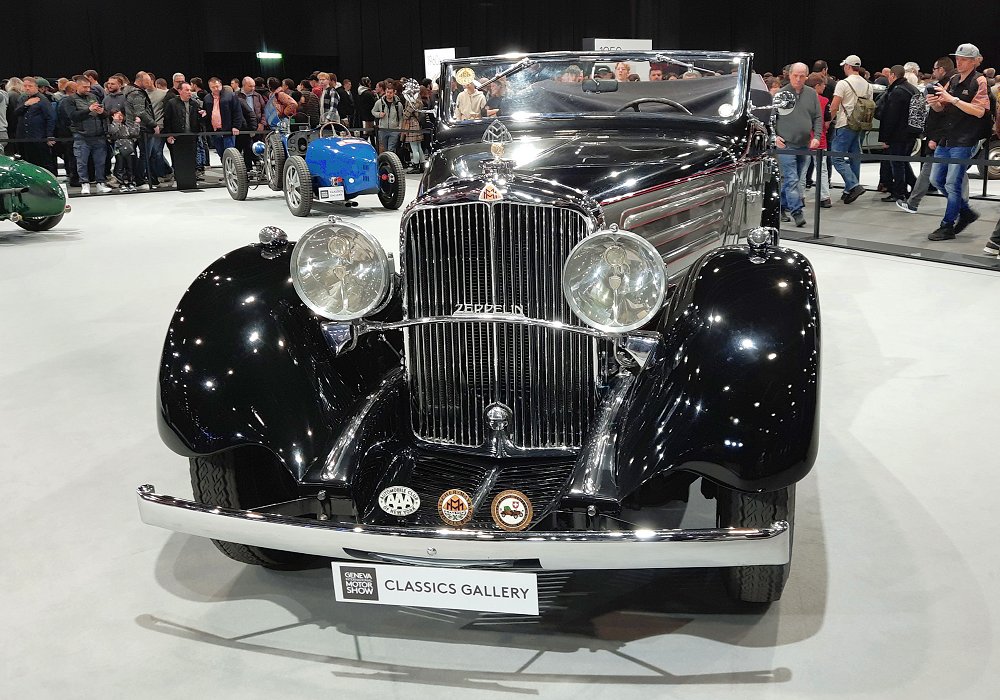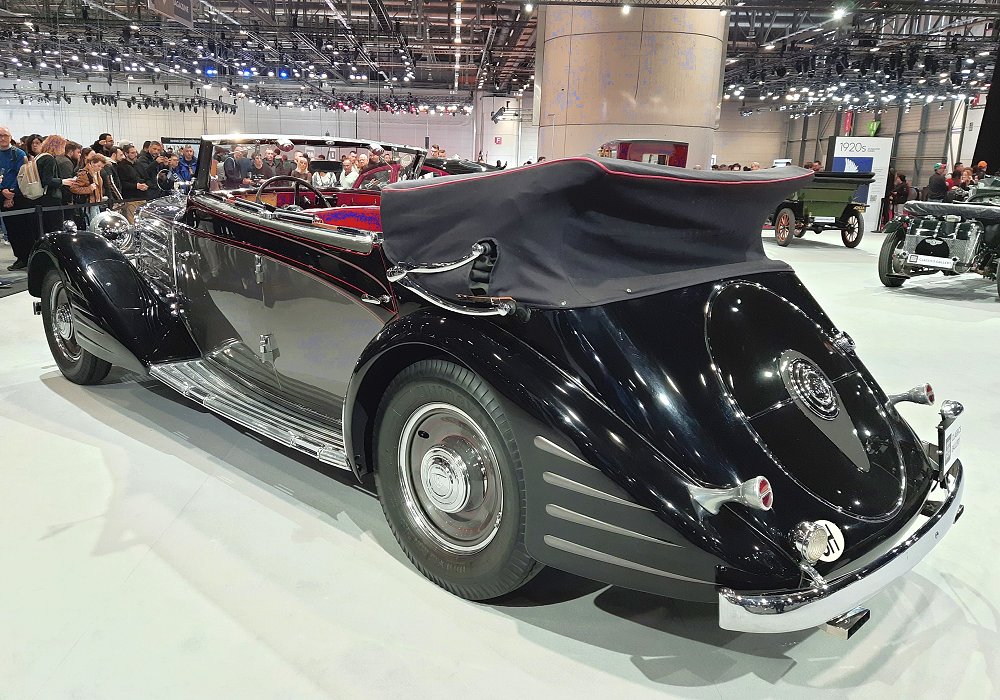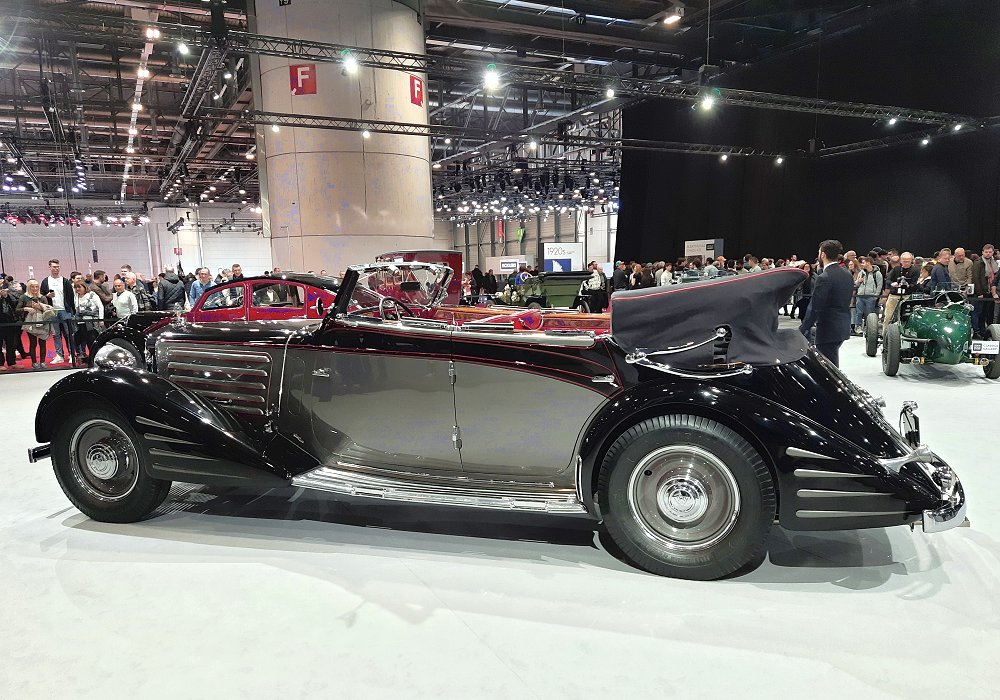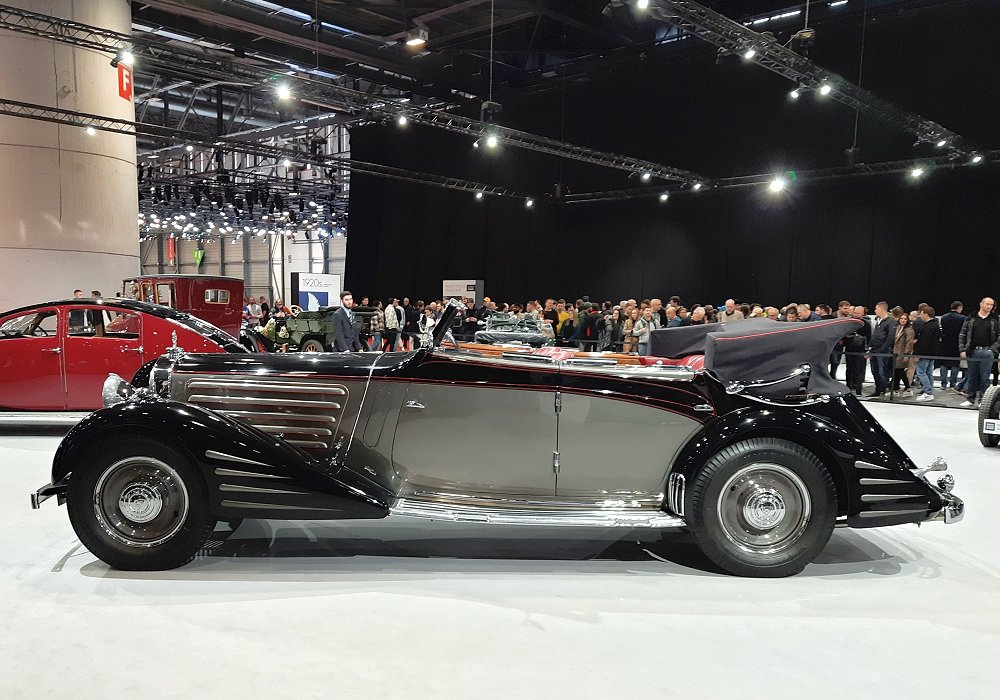Description
The Maybach DS 8 Zeppelin Cabriolet was one of the most luxurious, exclusive and technically advanced open cars produced anywhere in the world during the early 1930s. Built on Maybach’s ultimate pre-war chassis — the mighty DS 8 — and fitted with bespoke coachwork from elite German ateliers such as Spohn or Erdmann & Rossi, the Cabriolet offered a rare blend of open-air glamour, monumental engineering and handcrafted opulence. Only a very small number were ever constructed, making it one of the rarest and most desirable body styles on Maybach’s greatest chassis.
The DS 8 Zeppelin, introduced in 1931, was powered by Maybach’s extraordinary 8.0-litre V12 engine. This massive unit produced around 200 horsepower, an exceptional figure for its era, and delivered immense torque with a level of smoothness few manufacturers could match. The engine’s refinement was directly linked to Maybach’s experience in building precision aircraft and airship engines. In Cabriolet form — often lighter than the formal limousine bodies — the DS 8’s V12 provided strong, effortless performance and remarkably quiet operation, giving the car a commanding yet serene presence on the road.
The chassis was built around a huge ladder-frame designed to carry the very largest and heaviest coachwork, but it also served well for more elegant, open designs. Suspension consisted of long semi-elliptic leaf springs front and rear, engineered for maximum ride comfort. The Cabriolet’s long wheelbase and carefully tuned suspension ensured that even with the roof open, passengers enjoyed a smooth, dignified ride with minimal vibration or harshness. The DS 8’s size was substantial, but the mechanical refinement and exceptional balance made it a surprisingly composed grand-touring machine.
Maybach equipped the DS 8 with its advanced dual-range gearbox, which provided both high and low ratios for different driving conditions. This gave the large V12 impressive flexibility, allowing the chauffeur — or in rare cases, the owner-driver — to move smoothly from slow urban manoeuvring to fast autobahn cruising without strain. Although not as complex as the later Wandler torque-converter transmissions, this system was technically ahead of most European and American rivals at the time.
Coachwork for the DS 8 Cabriolet was always bespoke. Spohn of Ravensburg, Maybach’s closest coachbuilder, created some of the most elegant examples, characterised by flowing fenders, impeccably sculpted metalwork, and beautifully balanced proportions. Erdmann & Rossi also produced DS 8 Cabriolets with a more streamlined, modern design language. Regardless of builder, the Cabriolet body typically featured a long hood, sweeping wings, and a gracefully tapered rear deck designed to house a fully folding soft-top. With the roof down, the car took on a majestic, open-air presence; with the roof raised, it maintained the stately silhouette expected of a top-tier luxury automobile.
Inside, the DS 8 Zeppelin Cabriolet offered an interior finished to the highest standards of pre-war craftsmanship. Seating was upholstered in the finest leather, complemented by richly polished hardwood veneers, precision-machined metal trim and thick carpeting. Instrumentation reflected Maybach’s aviation heritage, with beautifully engineered dials and controls. Depending on the client’s specifications, the cabin could include amenities such as fold-out tables, heater units, custom lighting arrangements, vanity sets, smoking accessories and bespoke cabinetry. Even though the Cabriolet was a more sporting and glamorous body style, it still delivered the same level of handcrafted luxury found in the most formal DS 8 limousines.
Driving the DS 8 Cabriolet was a uniquely impressive experience. The V12 provided effortless, smooth acceleration, and the suspension absorbed road imperfections with calm authority. Steering was steady and deliberate, and the car remained composed even at higher touring speeds. Braking, via large mechanical drums, was strong for the period, and the overall driving impression was one of quiet power and supreme refinement. Unlike many large open cars of the early 1930s, the DS 8 Cabriolet felt solid, balanced and remarkably sophisticated.
Production of DS 8 Cabriolets was extremely limited due to the enormous cost of the chassis and the bespoke nature of the coachwork. Each example required months of hand labour and was built for a client of exceptional wealth and status. As a result, surviving Cabriolets today are among the rarest pre-war luxury cars and are highly prized by collectors and museums.
The Maybach DS 8 Zeppelin Cabriolet stands as one of the finest achievements in pre-war automotive design — a car that combined breathtaking engineering with the artistry of Germany’s greatest coachbuilders. Elegant, powerful, exquisitely crafted and extraordinarily rare, it remains a masterpiece of early 20th-century luxury motoring and one of the most desirable open Maybachs ever produced.

